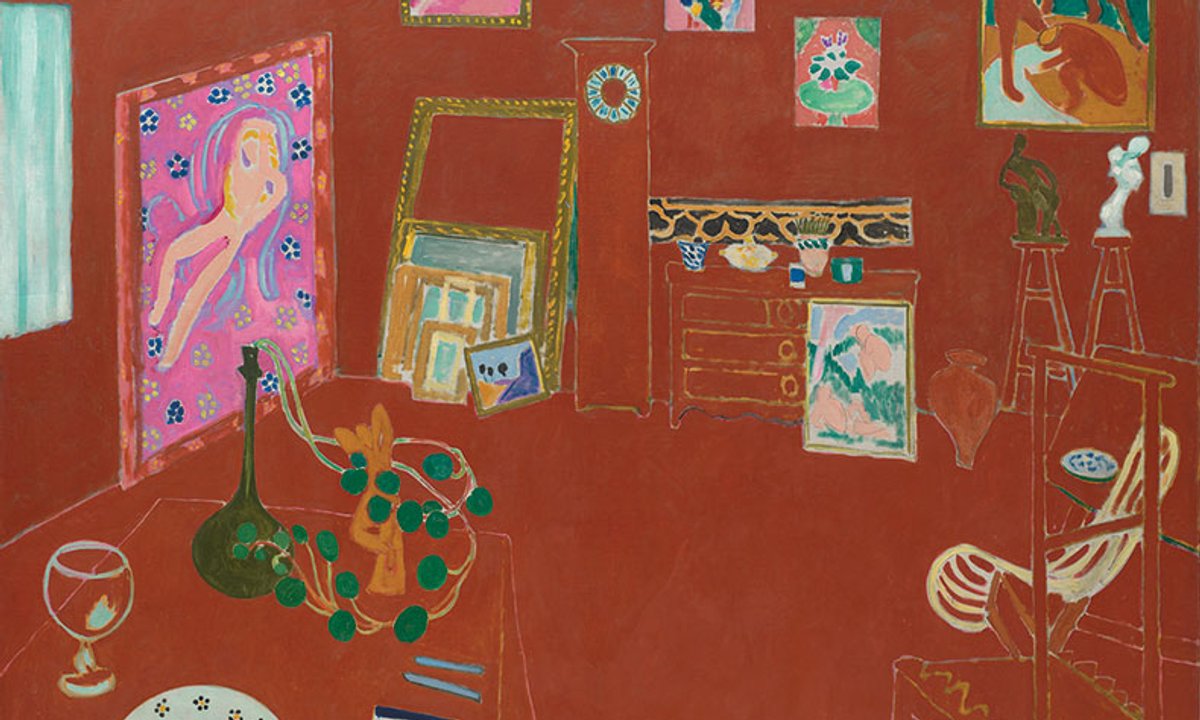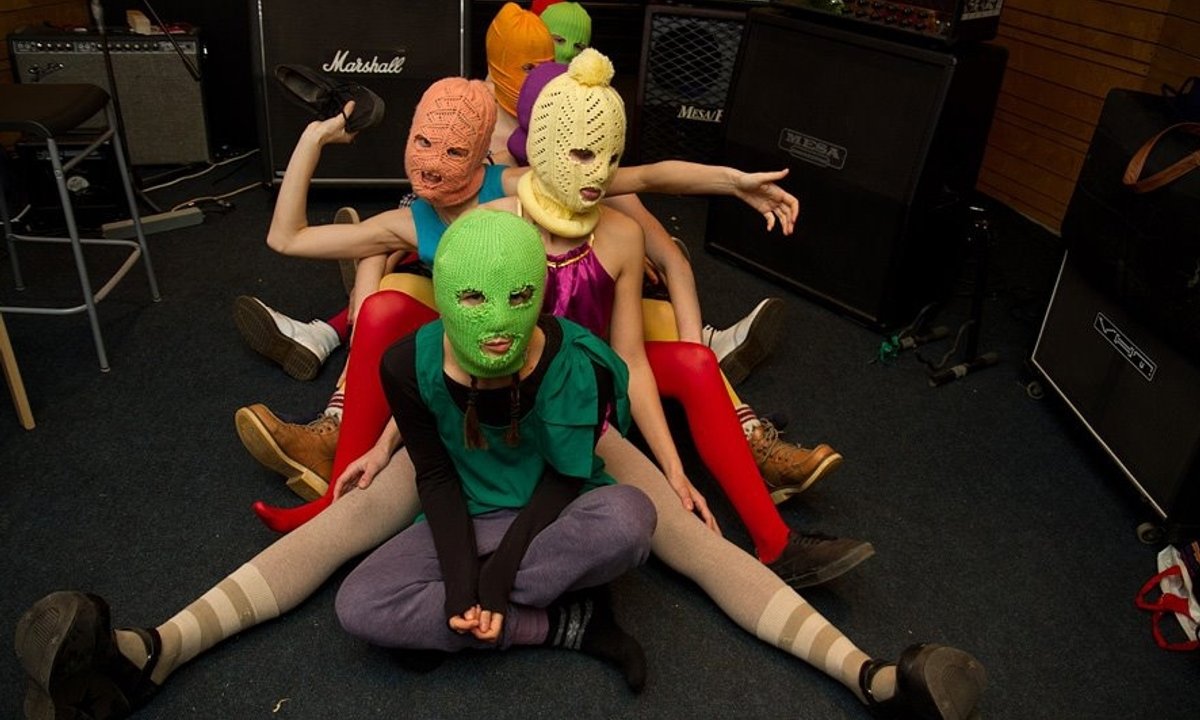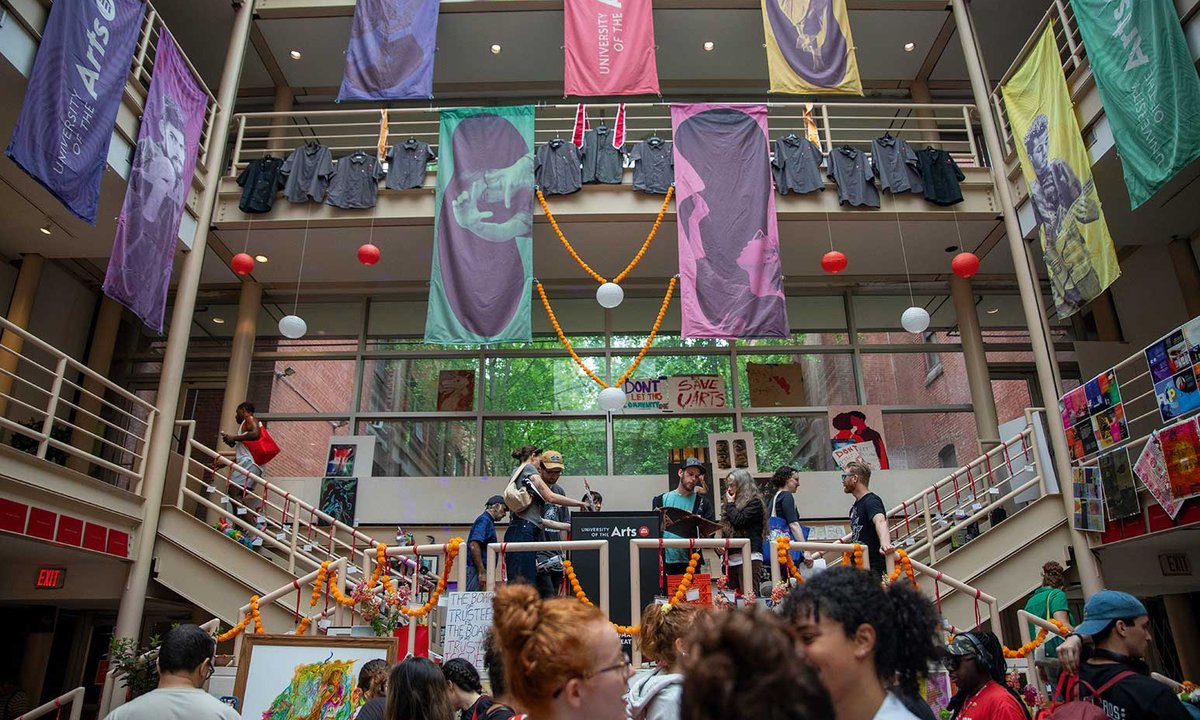It is the stuff of dreams for Henri Matisse fans. In this compact show, New York’s Museum of Modern Art (MoMA) and the SMK National Gallery of Denmark in Copenhagen have embarked on a forensic investigation of Matisse’s The Red Studio, one of his greatest masterpieces. Completed in 1911, the painting depicts the interior of Matisse’s purpose-built studio in the grounds of the house that he had moved to in the Parisian suburb of Issy-les-Moulineaux a couple of years earlier.
It’s more complex than any one particular epiphany or moment could account for
Ann Temkin, curator
Matisse (1869-1954) depicted 11 of his own works in the studio—seven paintings, three sculptures and a ceramic plate—along with other decorative objects. The items are united by the colour that lends the painting its name. “At a late stage in the process, Matisse made the decision to paint over the walls and the floor—and, in fact, the furniture—with this Venetian red,” says the exhibition’s co-curator Ann Temkin. Why Matisse opted for the red has been much discussed. One theory suggests it was an optical afterimage from having been in a sunlit green garden before entering the studio. But, Temkin says, “it’s more complex than any one particular epiphany or moment could account for. And Matisse himself never gave any explanation for it.” The painting was commissioned and ultimately rejected by the Russian collector Sergei Shchukin—a decision that would turn out to be MoMA’s gain, as it acquired the work in the 1940s.
Matisse’s Young Sailor II (1906) © 2022 Succession H. Matisse / ARS, New York
The two museums are reuniting the surviving works so recognisably depicted by Matisse in the picture—including three from the SMK’s collection: Bathers (1907), Le Luxe (II) (1907-08) and Nude with a White Scarf (1909)—with The Red Studio itself. Temkin has clearly taken much delight in zooming in on the painting. “There is something joyful in this process that has really had to do with being able to get so close to a certain moment in an artist’s work.” She adds that it is “so moving” that Matisse, given free rein by Shchukin, chose to capture his studio. “It’s as if there was a part of him that knew that—at this moment, when he was still a very controversial artist—this was the way to present a manifesto of his own artistic position at that time.”
• Matisse: the Red Studio, Museum of Modern Art, New York, 1 May-10 September; SMK National Gallery of Denmark, Copenhagen, 13 October-26 February 2023







